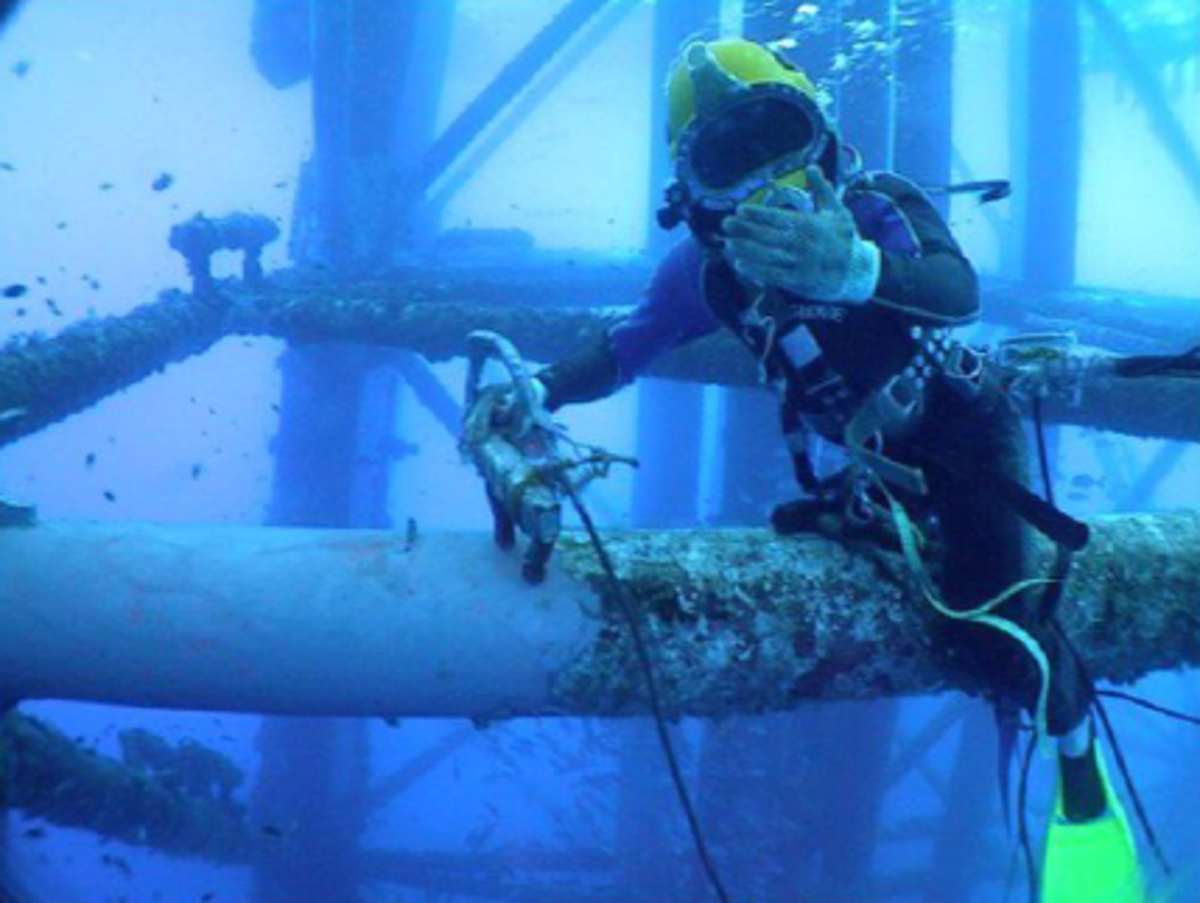Near miss – Diving operations while alongside
- Safety Flash
- Published on 30 September 2019
- Generated on 2 July 2025
- IMCA SF 23/19
- 2 minute read
Jump to:
A vessel main engine was started while a diver was in the water; the engine was immediately shut down again by the bridge.
What happened?
The diver was able to exit the water and was unhurt in the incident.
The incident occurred during diving operations in a dockyard to remove debris from a bow thruster.

What went wrong?
- Engine room to bridge communications procedures were not followed. The engineers started the engine without consulting the bridge.
- There was a failure to follow the diving permit to work (PTW) procedures.
- There was a failure to implement lockout / tagout (LOTO) procedure.
- There was no risk assessment conducted.
What actions were taken? What lessons were learned?
- Only the vessel Master should have the authority to start the vessel’s engines.
- Sometimes, isolation tags (LOTO) are not enough, and physical isolations and barriers should be put in in place.
- Our member recommended the following specific actions:
- Before divers enter the water, all subsea equipment should be physically isolated including the auxiliary engines and HVAC system.
- Lifting operations on the main deck are to be stopped while divers are in the water.
- Control of work documentation to be completed in full before any tasks are started, including any associated documentation from the diving teams.
- Do not sign off on the control of work unless you have physically checked to ensure that the control measures listed in the risk assessment and associated PTW have been put in place.
- Any mistakes in any official logbook should be corrected by placing the mistake in brackets or a single line through it so that it is still eligible – scraping out and use of correction fluid not to be permitted.
- Before divers enter the water, all subsea equipment should be physically isolated including the auxiliary engines and HVAC system.
Featured Safety Flashes
-
IMCA SF 12/15
28 August 2015
-
IMCA SF 23/16
13 September 2016
-
IMCA SF 28/17
7 November 2017
-
IMCA Safety Flashes summarise key safety matters and incidents, allowing lessons to be more easily learnt for the benefit of the entire offshore industry.
The effectiveness of the IMCA Safety Flash system depends on the industry sharing information and so avoiding repeat incidents. Incidents are classified according to IOGP's Life Saving Rules.
All information is anonymised or sanitised, as appropriate, and warnings for graphic content included where possible.
IMCA makes every effort to ensure both the accuracy and reliability of the information shared, but is not be liable for any guidance and/or recommendation and/or statement herein contained.
The information contained in this document does not fulfil or replace any individual's or Member's legal, regulatory or other duties or obligations in respect of their operations. Individuals and Members remain solely responsible for the safe, lawful and proper conduct of their operations.
Share your safety incidents with IMCA online. Sign-up to receive Safety Flashes straight to your email.